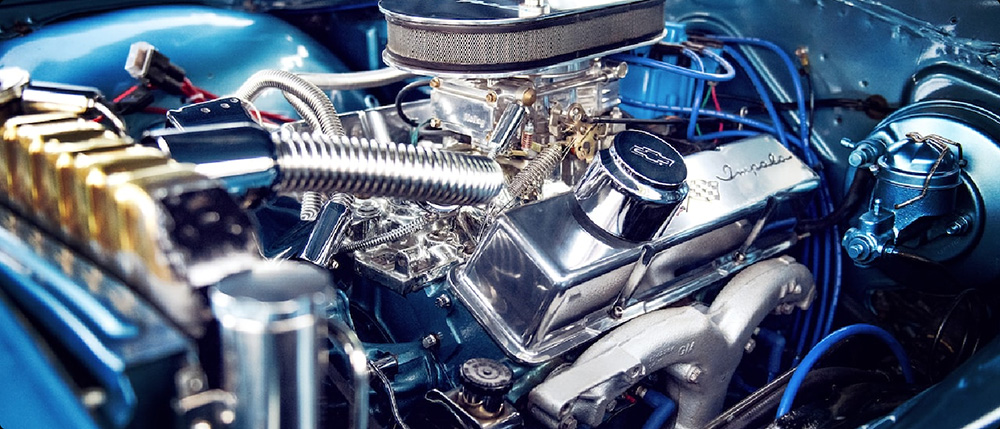Unlocking Innovation: The Power and Potential of the Servo Motor Kit
In the ever-evolving landscape of robotics and automation, the right components can turn a simple idea into a groundbreaking invention. Among these components, the servo motor kit stands out as a versatile, precise, and powerful tool that empowers hobbyists, students, engineers, and entrepreneurs to bring their ideas to life. Whether you’re designing a small robotic arm, animating a model, or developing an automated system, understanding the ins and outs of a servo motor kit is essential for unlocking your project’s full potential.

What Is a Servo Motor Kit?
At its core, a servo motor kit is a package containing one or more servo motors along with the necessary controllers, power supplies, and sometimes additional accessories like sensors, brackets, and cables. These kits are designed to provide users with all the essentials needed to start experimenting with motor control, precision movement, and automation.
Unlike standard DC motors, servo motors are equipped with feedback mechanisms—usually encoders—that continuously monitor the motor’s position, allowing for highly accurate control over rotation and angle. This makes servo motor kits indispensable for applications where precision and repeatability are paramount.
Why Choose a Servo Motor Kit?
The flexibility and control offered by servo motor kits make them a favored choice across technological domains. Here are some compelling reasons:
Precision Control: With feedback systems, servo motors can achieve angular accuracies often within a fraction of a degree, enabling fine-tuned movements in complex systems.
Ease of Integration: Most kits come with detailed instructions and compatible controllers, making them accessible for beginners while still valuable for seasoned engineers.
Versatility: They can be adapted for numerous applications, from small-scale models to industrial automation.
Scalability: Starting with a basic kit, users can expand their projects, adding more motors and sensors as their skills grow.
Applications of Servo Motor Kits
Servo motor kits demonstrate their prowess across an impressive array of fields:
Robotics: Building robotic arms, humanoids, or mobile robots requires precise control over joints and movements, a task where servo kits excel.
Educational Projects: They serve as excellent tools for students to learn about electronics, programming, and mechanical design.
Automation Solutions: Automating tasks like camera pan-tilt systems, CNC machines, or 3D printers involves meticulous control achieved by servo motors.
Aesthetic and Artistic Projects: Kinetic sculptures, animatronics, and interactive displays benefit from the smooth, controlled movements servo kits provide.
Components of a Typical Servo Motor Kit
A well-designed servo motor kit usually includes several key components:
Servo Motors: The core units that provide motion. They come in various sizes, torque ratings, and power specifications to cater to different needs.
Controller Board: The brain that directs the servo motors, often compatible with microcontrollers like Arduino, Raspberry Pi, or custom setups.
Power Supply: Adequate power is vital, especially when multiple servos operate simultaneously.
Cables and Connectors: To connect motors to controllers and power sources securely.
Optional Sensors or Encoders: For advanced control, feedback mechanisms provide real-time positional data.
Mounting Hardware: Brackets, screws, and other fixtures to assemble and position your projects.
Getting Started with a Servo Motor Kit
Embarking on projects with a servo motor kit starts with understanding your goals. Are you aiming for simple movement or complex automation? Your answers will guide you toward choosing the right kit in terms of size, torque, and features.
Once you've selected the suitable kit, the learning curve involves:
Understanding the Hardware: Familiarize yourself with the servo motor’s specifications, the controller’s capabilities, and how they connect.
Programming Basics: Many kits are compatible with open-source platforms like Arduino, which simplifies programming through simplified code libraries.
Testing and Calibration: Before integrating into larger projects, test each servo’s range of motion, speed, and responsiveness.
Design and Assembly: Use your mechanical skills to mount and assemble the components into your desired configuration.
Tips for Getting the Most Out of Your Servo Motor Kit
Choose the Right Size: Match the torque and size of the servo motor to your application's demands to ensure longevity and performance.
Power Supply Matters: Avoid powering servos directly from weak sources; use dedicated power supplies to prevent voltage drops and unexpected resets.
Plan Your Control Logic: Think about the control algorithms beforehand. Implementing PID control can significantly improve the smoothness and accuracy of movements.
Upgrade Gradually: Start with basic functionalities and progressively enhance your setup with sensors, feedback systems, and more sophisticated programming.
Safety First: When working with mechanical parts and electricity, prioritize safety by wearing protective gear and following electrical standards.
Established in 2005, Kpower has been dedicated to a professional compact motion unit manufacturer, headquartered in Dongguan, Guangdong Province, China.




































